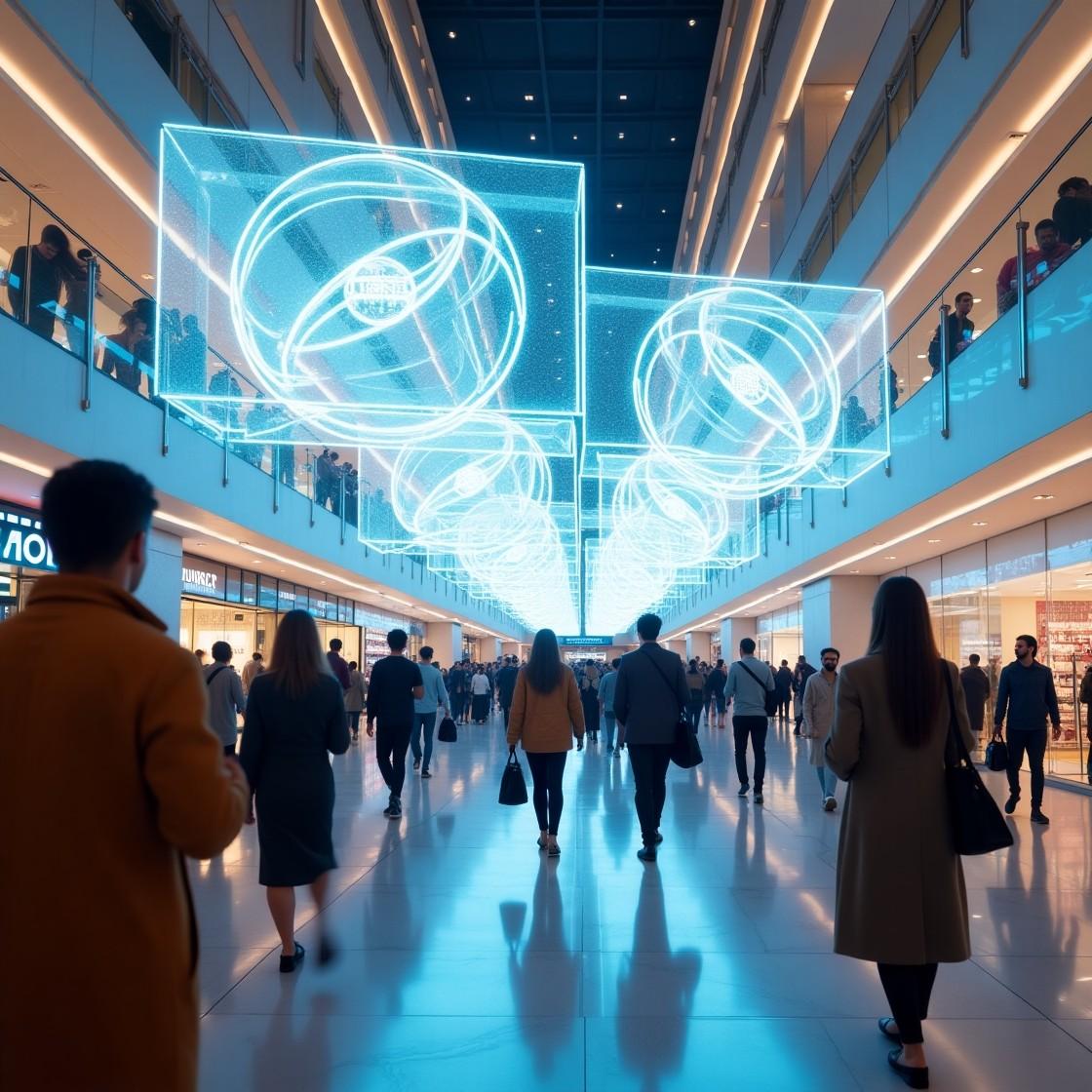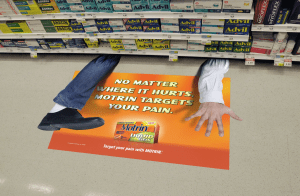In the dynamic world of advertising, standing out from the crowd is crucial. Brands are constantly seeking innovative ways to capture consumer attention and leave a lasting impression. Enter the hologram projector, an exciting technology that brings advertisements to life with stunning 3D visuals. But how can businesses leverage this futuristic tool to enhance their marketing efforts? Let’s explore.
The Rise of Hologram Projectors in Advertising
Imagine walking through a mall and being greeted by a floating 3D image of a product that looks so real you could almost touch it. Hologram projectors provide this mesmerizing experience, transforming ordinary advertising into a captivating spectacle. As brands compete for consumer attention in a crowded market, holographic displays offer an edge by creating immersive, eye-catching advertisements that resonate with audiences.
Creating Immersive Brand Experiences with Holographic Displays
Holographic displays in malls provide an innovative and visually captivating way to engage shoppers. These displays project 3D images and animations that appear to float in mid-air, capturing attention and sparking curiosity. Brands can leverage this technology to showcase product demonstrations, highlight key features, or create interactive experiences that invite customers to explore their offerings in a novel way. Whether it’s a rotating 360-degree view of a luxury watch or a virtual runway showcasing the latest fashion trends, holographic displays create an immersive experience that leaves a lasting impression on consumers.
Why Hologram Projectors Are Perfect for Mall Advertising
Malls are bustling hubs of activity, making them an ideal environment for deploying hologram projectors. Here’s why:
1. High Foot Traffic: Malls attract thousands of shoppers daily, offering maximum exposure for advertisements.
2. Engaging Displays: Holographic visuals grab attention and entice shoppers to engage with the brand.
3. Interactive Opportunities: Brands can integrate touchless interactions, allowing consumers to explore products in an innovative way.
4. Strategic Placement: Positioning projectors at entrances, food courts, or anchor stores ensures targeted messaging to the right audience.
Extending Engagement Through In-Hands Advertising
While holographic displays capture attention, in-hands advertising extends the brand experience by providing consumers with tangible marketing materials they can take with them. Utilizing branded coffee sleeves, pizza boxes, or pharmacy bags allows businesses to reinforce their messaging beyond the initial interaction with the holographic display. For example, a fitness brand showcasing a virtual trainer on a holographic display can provide shoppers with branded water bottles featuring QR codes that link to personalized workout plans or special offers. This tactile engagement creates a personal connection and increases the likelihood of conversions.
Innovative Use Cases in Healthcare and Entertainment Industries
Hologram projectors are not just a gimmick; they have real-world applications that can significantly impact various industries. Here are some clever use cases:
Healthcare Industry:
 1. Medical Awareness Campaigns: Hospitals and healthcare brands can use holograms to educate patients on important health topics, such as vaccination awareness or disease prevention.
1. Medical Awareness Campaigns: Hospitals and healthcare brands can use holograms to educate patients on important health topics, such as vaccination awareness or disease prevention.
2. Product Demonstrations: Pharmaceutical companies can showcase their products in 3D, illustrating how medications work within the human body.
3. Wayfinding Assistance: Large medical facilities can deploy hologram projectors to guide patients to different departments, enhancing their overall experience.
Entertainment Industry:
1. Movie Promotions: Film studios can create 3D trailers displayed in cinemas or public spaces to attract moviegoers with an immersive preview.
2. Concert Holograms: Music events can feature holographic performers or promotional content that enhances the fan experience.
3. Theme Parks: Amusement parks can leverage hologram technology to create interactive attractions or queue entertainment.
The Synergy of Holographic and In-Hands Advertising
By combining the futuristic appeal of holographic displays with the physical presence of in-hands advertising, brands can create a multi-sensory marketing experience that resonates with consumers at different touchpoints. Holograms draw shoppers in, while in-hand items serve as a call-to-action, prompting them to engage further by scanning QR codes, visiting websites, or redeeming special offers. This strategic integration allows businesses to enhance their mall presence, drive foot traffic, and boost brand recall in a cost-effective manner.
Frequently Asked Questions (FAQs)
1. How does a hologram projector work for advertising?
Hologram projectors use laser or LED technology to create 3D visuals that appear to float in mid-air, captivating audiences and enhancing brand storytelling.
2. Are hologram projectors cost-effective for small businesses?
While initially perceived as expensive, the cost of hologram projectors has become more affordable, offering scalable solutions even for small businesses.
3. Can hologram projectors be used outdoors?
Yes, weather-resistant models allow for outdoor advertising, making them suitable for events, festivals, and street promotions.
4. What industries benefit the most from hologram advertising?
Retail, healthcare, automotive, and entertainment industries have seen significant success with holographic advertising campaigns.
5. How can I measure the effectiveness of hologram projector ads?
Metrics such as foot traffic engagement, dwell time, and conversion rates can help measure the impact of hologram ads.



 1. Medical Awareness Campaigns:
1. Medical Awareness Campaigns:



